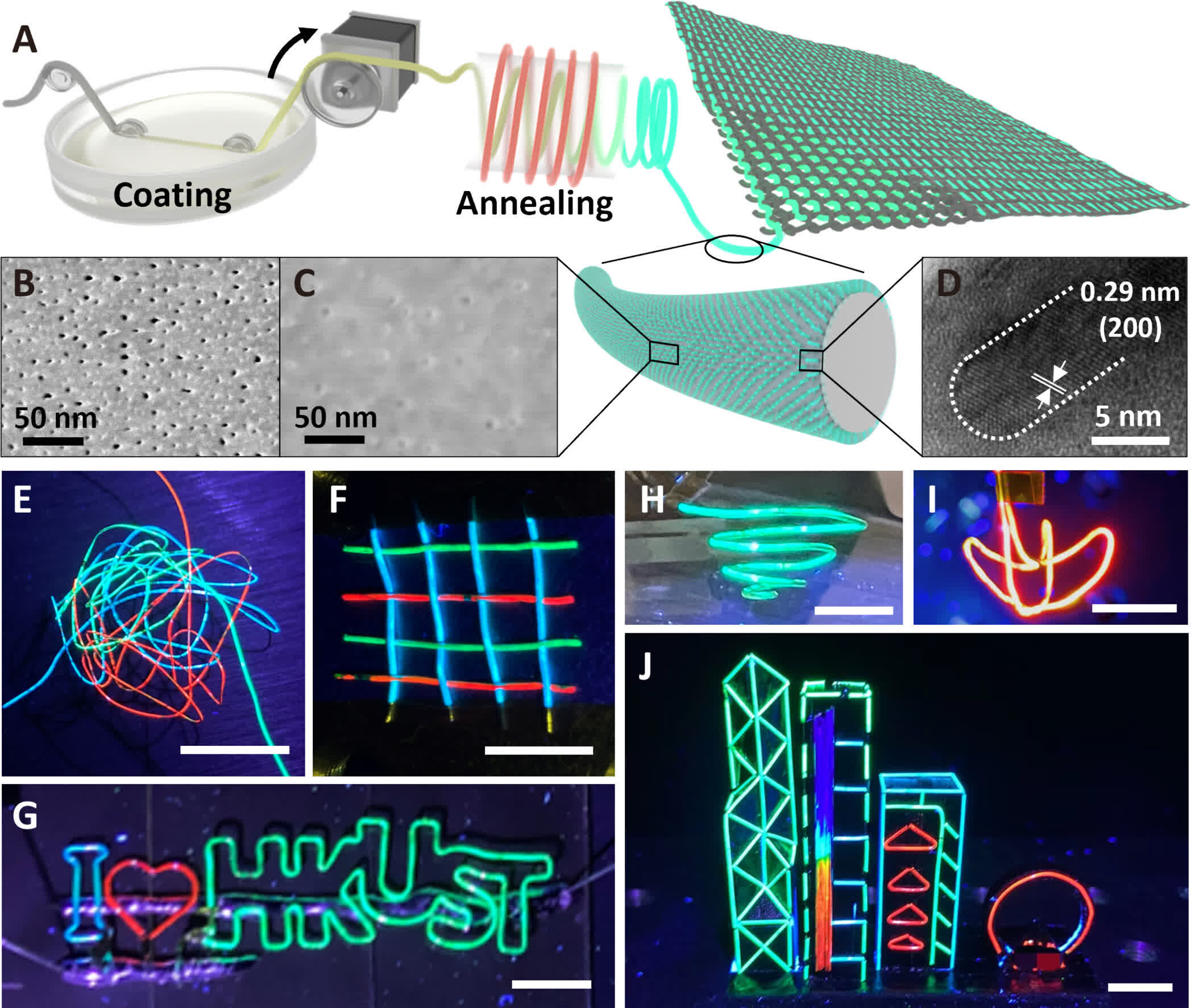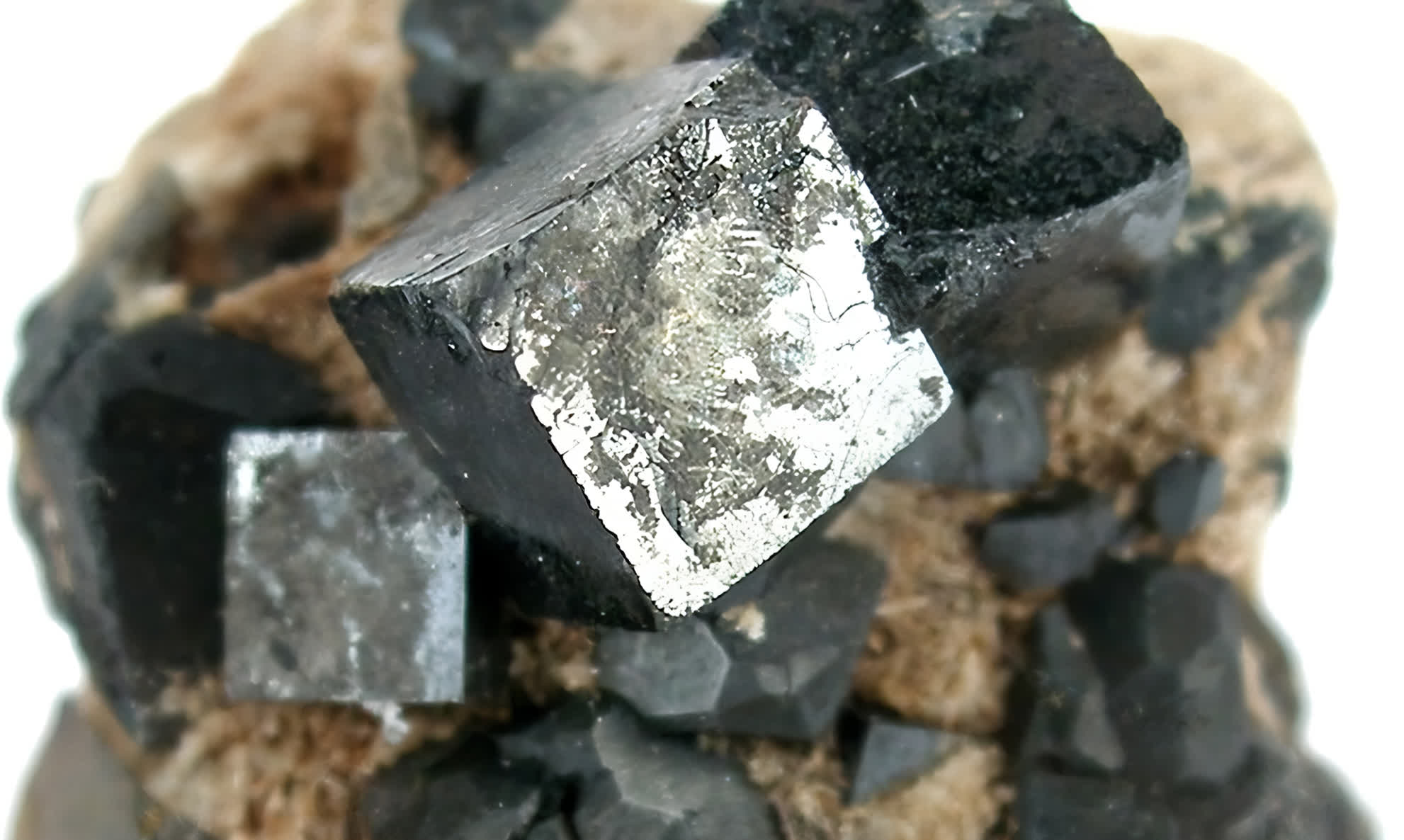Blade Runner Perovskite: Researchers at the Hong Kong University of Science and Technology have developed a novel approach to flexible LED technology. By incorporating perovskite, they successfully created fiber light-emitting diodes, or Fi-LEDs, with enhanced optoelectronic properties.
First discovered in 1839 in Russia, perovskite is a class of compounds that share the same crystal structure as calcium titanium oxide. Known for its high flexibility, perovskite is already being used in advanced technology applications, such as ultrasound machines, memory chips, solar cells, and more. In recent years, perovskite has also shown significant promise in enhancing the efficiency of solar cell manufacturing, contributing to more environmentally friendly power generation.
Researchers in Hong Kong have leveraged perovskite's flexibility to create perovskite quantum wires (PeQWs), which they used to develop a new class of fiber light-emitting diodes. According to the study, these fiber-like diodes exhibit excellent spatial luminance uniformity, allowing them to emit bright light from a flexible substrate that resembles a fiber.
While Fi-LEDs are well-suited for textile fabrication, HKUST experts note that they present challenges in wearable product manufacturing. By employing a two-step evaporation process to coat a surrounding transport layer and a semitransparent electrode, the team successfully developed Fi-LEDs with emission peaks at 625 nanometers (red), 512 nanometers (green), and 490 nanometers (sky-blue), respectively.

PeQW-based Fi-LED fibers can be bent and stretched without issues and are, of course, waterproof like traditional Fi-LEDs. The plasticity and malleability of the material inspired the researchers to explore advanced lighting through unconventional form factors, making it easy to create bright 2D or 3D shapes.
HKUST demonstrated the potential of this technology by creating a fluorescent show that included a stylized reconstruction of Victoria Harbor, the "I Love HKUST" logo, and more. The researchers worked with bending radii as small as 2mm and tested the intricate Fi-LED configurations under continuous water-soaking conditions to evaluate the material's aging process.
According to the researchers, PeQWs and perovskite compounds could represent a significant advancement in practical Fi-LED manufacturing. Potential applications include wearable gadgets with fully functional LED displays, a new generation of fluorescent clothing, and more. HKUST is now focused on further developing PeQW Fi-LED technology, including researching new perovskite mixtures to achieve a broader range of color emissions.
